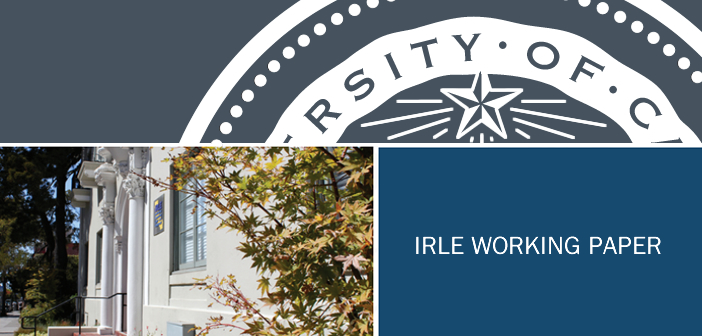Introduction
The financial crisis that struck in 2008 marked the onset of the worst economic downturn since the Great Depression of the 1930s. The newly dubbed ‘Great Recession’ is a worldwide phenomenon, which some have called the first true crisis of the era of globalization. It crippled banks around the world, from Iceland to Hong Kong. It hit global trade hard in early 2009, with severe fall-offs from Korea to Germany. It crashed housing markets from Spain to South Africa. And it left millions unemployed, from Sheffield to Shenzhen (Krugman 2008, Henwood 2009, Stiglitz 2010).
The intensity of the downturn was bound to be felt unevenly across the globe, no matter how well-integrated world markets have become. Places dependent on housing construction, large capital goods manufacturing, exports, and speculative finance have suffered the most. The United States is generally acknowledged to be the pivotal country in the drama of the crisis. Not only is the U.S. economy the largest in the world, its exaggerated household debt, rampant financial speculation, and ballooning trade deficits were critical elements of the financial collapse that triggered the general downturn.
But the geography of the crisis has yet to be explored more precisely at the subnational level. Much has been written about Wall Street, of course; as the world’s financial routing center, backed by the dollar as the global reserve currency and government credit markets of last resort, the Wall Street financial virus ended up infecting the entire global system (Shiller 2008, Read 2009, Sorkin 2009). Yet if Wall Street was the eye of the financial hurricane of the last decade, then California was the equivalent of the tropical oceans that provide the heat to feed such raging storms. More than any other place, California was the source of mass mortgage lending, ballooning home values, and dubious subprime operations. And behind that was California’s leading role in U.S. urban, industrial and fiscal developments that underlay the stresses and strains on the financial system.
California needs to be recognized as a pivotal site of the bubble of the 2000s, the bursting of the financial markets, and the Great Recession that followed. Four propositions, each corresponding to a particular facet of the crisis, support the idea that California has been one of the wellsprings of the false boom and that the state is bearing a disproportionate brunt of the fallout.
First, California has long been the biggest player in U.S. mortgage markets, and its banks engaged in some of the worst excesses of the housing bubble. Second, California boasts the largest housing sector among the fifty states and its housing is the most unaffordable – making borrowers more vulnerable and susceptible to mortgage overreach. Third, the state is the country’s largest sub-economy, accounting for roughly 13% of national output, and has long been at the forefront of industrial change, technological innovation, and globalization, but it also manifests some of the most troubling elements of industrial decline of the United States. Fourth, it has the largest state and local government budgets in the country and has suffered the worst fiscal crisis of any state.
The goal of this paper is to demonstrate the validity of these four propositions by showing how California displayed both early symptoms of, and causal connections to, the nationwide –indeed, global – crisis. To do so, we start with a snapshot of the economic disaster in California and an argument for the power of the local in a globalized economy. We then provide a breakdown of the U.S. national crisis for context and comparison, before returning to a detailed analysis of what took place in the Golden State and why.

